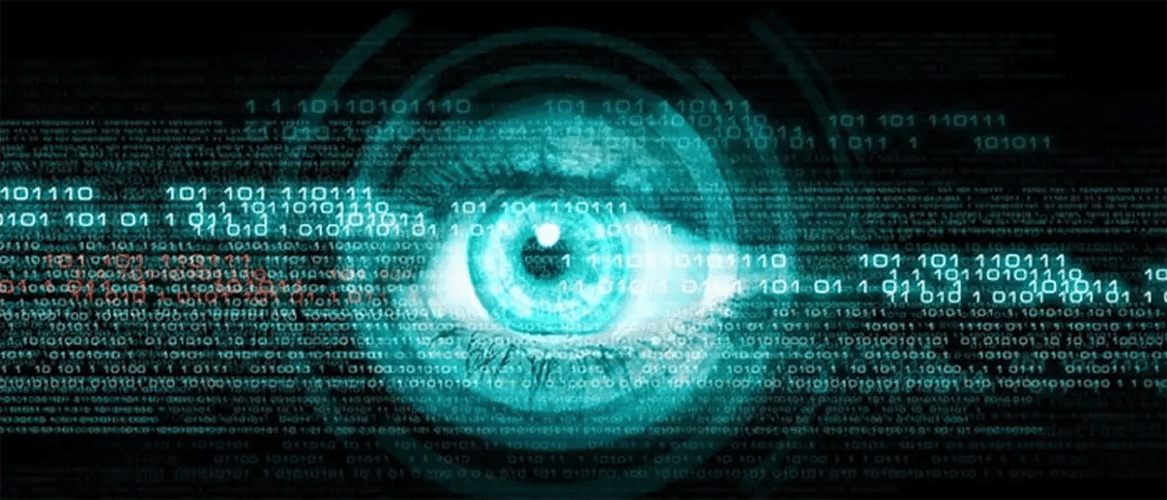4 Tech Trends That Could Impact Your SAP Cybersecurity in 2018
Feb 9, '18 by Joerg Schneider-Simon
2017 opened everybody’s eyes to the rising threat of cyberattacks. Between the WannaCry ransomware attack and the massive Equifax data breach, companies around the globe realized that when it comes to cybersecurity, the status quo is no longer an option.
When it comes to SAP cybersecurity, however, are companies prepared? Or will they be caught flat-footed by the upcoming cybersecurity landscape of 2018?
Here are some of the upcoming cybersecurity trends and threats, how they could affect SAP, and what businesses can do to prepare.
Protecting Data with GDPR
The EU’s General Data Protection Regulation lays out how companies should process, store, and secure the data of EU citizens, even if the company is not located in the EU. It is an effort to make data protection rules consistent across the EU. In addition, it provides updated legislation that aligns with how data is used in an age where consumers are required to provide personal data to access most any online service or content.
What is raising eyebrows is how heavily this legislation will be enforced. Maximum fines are significant: up to 20 million euros per incident. As well, the reputational damage associated with being levied with a large fine due to a lack of data security? Not an easy thing to overcome.
How Could This Affect SAP?
Increasingly stringent measures on data protection and process documentation will put major pressure on companies to eliminate any gaps in their SAP cybersecurity. Companies where SAP cybersecurity falls into the gray area of being “owned” by neither IT nor SAP managers will need to establish strong and clear chain-of-command ownership on this matter, and will also need to address the SAP cybersecurity gaps left by OS-level anti-virus programs.
AI/Machine Learning Takes Center Stage
Increasingly, AI and machine learning are being used to develop models that can predict and identify cyberattacks. With an unparalleled ability to process data and pick out patterns, AI and machine learning could be a valuable ally in the fight against an epidemic of cyberattacks…keeping in mind that false positives are an unfortunate side effect of AI threat screening.
How Could This Affect SAP?
Prediction models and machine learning algorithms have already found their way into SAP maintenance, as well as end-user routine tasks. For example, the SAP Leonardo Machine Learning Foundation offers services like image and product classification, topic detection, time series changepoint detection, and can analyze data and automate decision-making. It is only a matter of time until SAP turns their eye to applying AI/machine learning to their enterprise threat detection product. By combining the services supplied by machine learning and AI with their own human expertise and judgment, SAP cybersecurity professionals will have greater tools at their disposal to fend off cyberattacks.
Taking Cybersecurity Seriously
Beyond the rules imposed by GDPR, companies worldwide are taking a second look at their own cybersecurity, wondering if it’s up to par. After seeing the slow-motion nightmare of the Equifax breach and subsequent redirection attack, it’s predicted that companies will become more proactive about patching and updating systems, strengthening their defenses, and quickly addressing data breaches.
How Could This Affect SAP?
As with GDPR, companies will start taking a fine-tooth comb to their SAP cybersecurity, looking for possible gaps. Besides increasing vigilance when it comes to analyzing SAP’s Security Notes and installing patches, prudent businesses will also want to seek out comprehensive, customized solutions that protect their SAP system from viruses and their SAP applications from content or input attacks.
The Search for Talent
The cybersecurity skills shortage is reaching alarming heights, with no signs of easing off. According to ESG research from early 2017, 45 percent of organizations claim to have a problematic shortage of cybersecurity skills. Because of this dire shortage, not only will some companies find their cybersecurity teams short-handed, but the cybersecurity professionals who are in place will be overworked and unable to find the time to engage in planning, strategy, or training. In addition, desperate companies may find themselves hiring people who are short on skills, with the hopes of bringing them up to speed — but may never find the time to do so. This massive gap will result in an increase in risk and undetected attacks.
How Could This Affect SAP?
If cybersecurity professionals are difficult to find, SAP cybersecurity professionals will be even more elusive. A dearth of experienced, knowledgeable SAP cybersecurity professionals will leave many companies scrambling to find alternative ways to keep their SAP systems safe from cyberattack.
Staying Ahead of 2018’s Cybersecurity Trends
When it comes to SAP cybersecurity, 2018 is shaping up to be a perfect storm. An expected increase in cyberattacks, a universal goal to impose stronger cybersecurity, and a severe shortage of skilled cybersecurity professionals — it all adds up to companies who will need to look outside of their own walls in order to protect their SAP systems from cyberattack.
bowbridge’s SAP cybersecurity solutions interface seamlessly with SAP, securing it from malware uploads, malicious user input, and other content-based threats. Protecting some of the world’s largest enterprises from SAP cyberattacks, our SAP-certified solutions have become the gold standard for robust, yet unobtrusive cybersecurity.
Want to know more about how to protect your sap applications in 2018 and beyond? watch our webinar, Protecting Your Sap Applications From Content-Based Cyberthreats.


Share this on social: